We’ve all heard that it’s important to keep our “core” strong - but what does that really mean? Core muscles are the muscles in the center of your body– your back, abdomen and pelvis. By connecting your upper and lower body, and surrounding the spine, core muscles help you maintain your posture and balance.
Kids with a weak or unbalanced core can have pain, poor posture and difficulty breathing and digesting. All of these may further impact their fine motor skills, independence and participation with their peers. Here are four ways that we recommend developing a stronger core.
1. Active Play
While most of us are familiar with core exercises such as sit ups, they only address the abdominal muscles, which are half the equation. Activities such as climbing, jumping and most playground games involve all your core muscles! As you play, you are involved in side bending, twisting and deep breathing– all which enhance your core stability.
2. Targeted Exercise
In addition to active play, you can use targeted exercise to strengthen core muscles. For babies, the emphasis is more on developmental positions such as tummy time, rolling and coming to sit, all of which can strengthen core muscles. For older children, exercise may be in the form of dynamic positions for play and work such as kneeling, reaching side to side, rolling, swimming, swinging, karate or other activities that require core work. Using an Exercise Therapy Ball, Stretch Bands or Balance Blocks can make your core exercises more dynamic. These tools are great for all ages.
3. Active Seating
Active seating can turn a stationary position into a dynamic activity. Try sitting on a Modern Ball Chair or Wiggle Cushion. The idea is to keep your weight shifting and your pelvis active so that you do not have a prolonged stretch of your back muscles. Try a Concentration Rocker, Lean-N-Learn Wedge Cushion or even a soft pillow to keep the core engaged while seated.
4. Yoga
Yoga involves many positions that strengthen and stabilize your core. These muscles are all involved in maintaining balance, a key component of yoga. Moving from one position to another, like downward dog to plank, helps strengthen the back muscles and the abdominals. Your side muscles can benefit from the tree pose and triangle pose. Using a therapy ball with our yoga cards is a great way to enhance your child’s yoga practice.
Keep Your Core On
Ninety percent of having core control comes from awareness. Ask yourself– How am I sitting? How am I lifting, squatting, kneeling, bending, pushing, pulling or carrying? Taking an action break every half hour to stretch, realign or reawaken your muscles can make a tremendous difference on your health, posture, tone, body awareness and well-being.
Do you have any creative core workouts? We're always looking for new ideas to share! Connect with us in the comments below or on our social media pages!
Check out our collection of active toys and tools.
Check out our collection of active toys and tools.
This post was originally posted on 10/02/2017 by Ilana Danneman, PT & Aviva Weiss MS, OTR/L. It was updated for accuracy and comprehensiveness on 4/16/2023.

















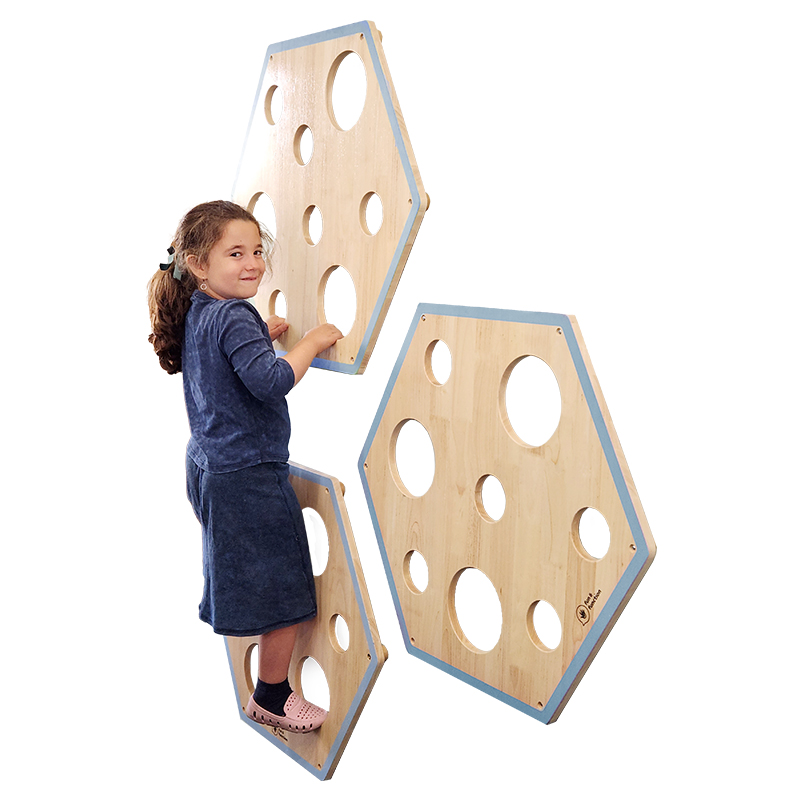
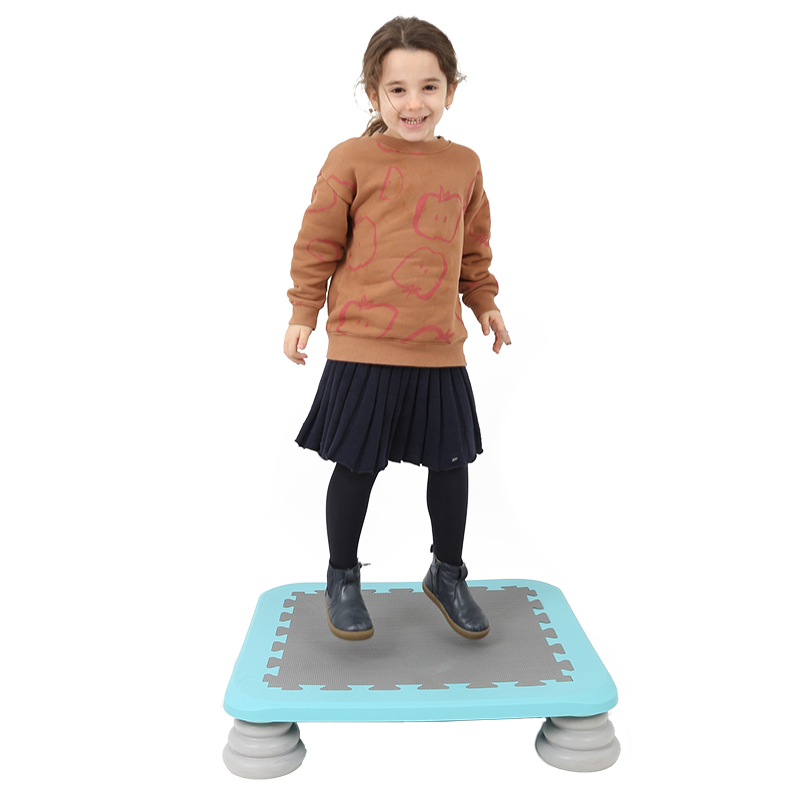
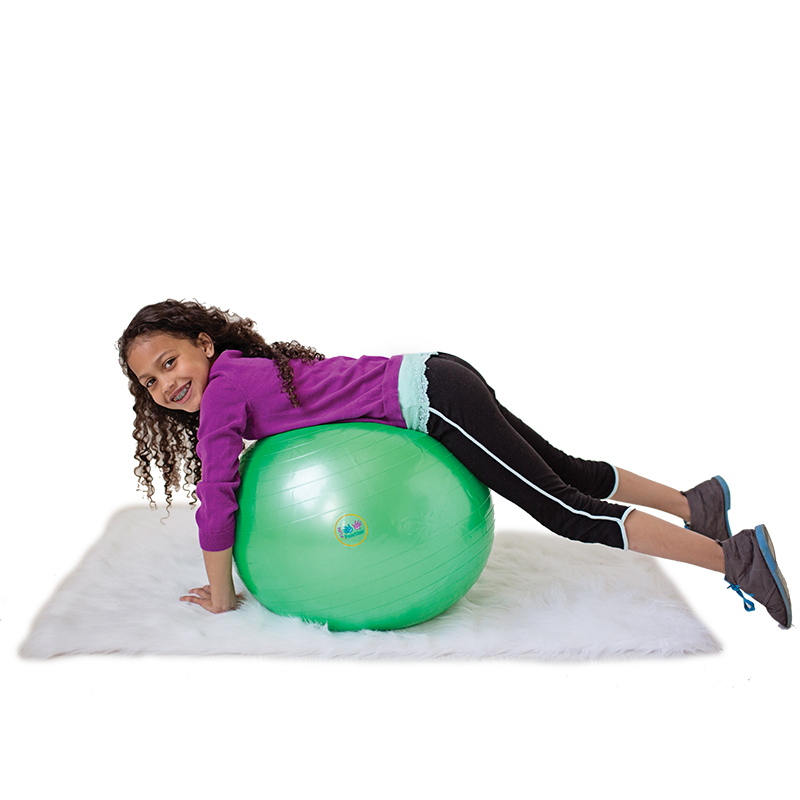
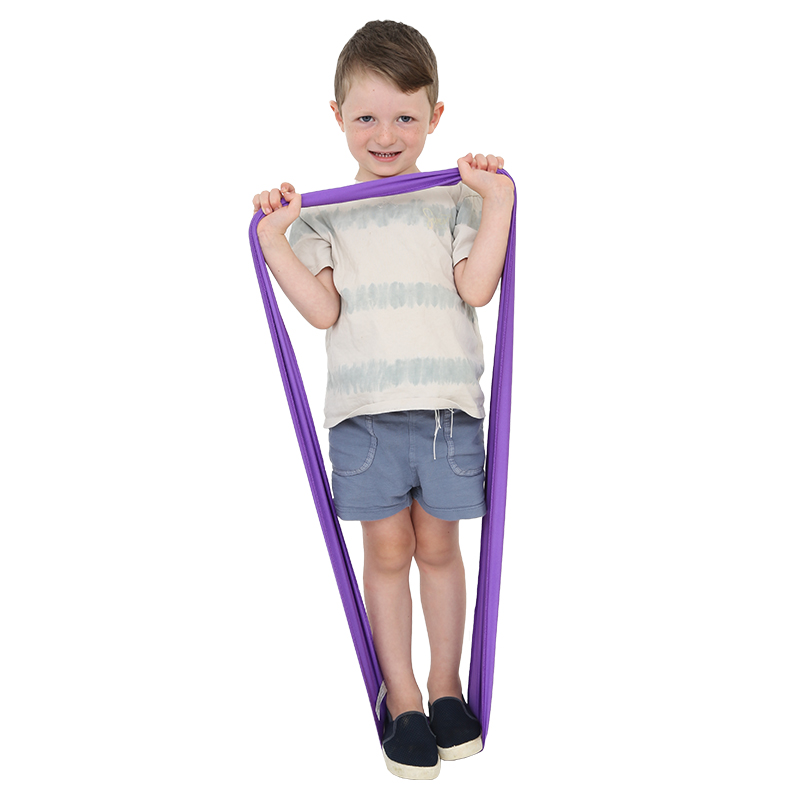

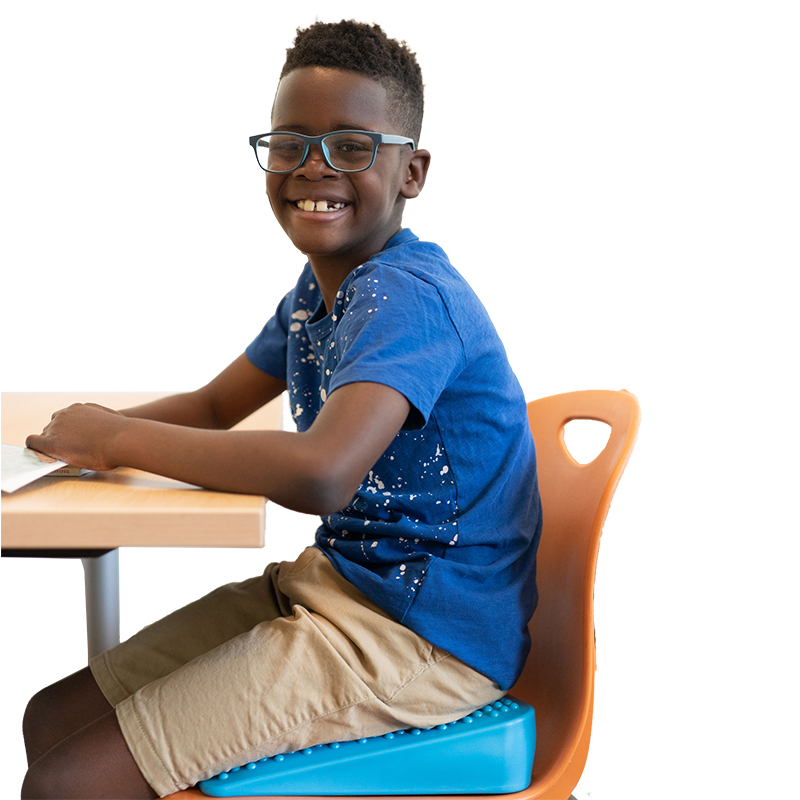
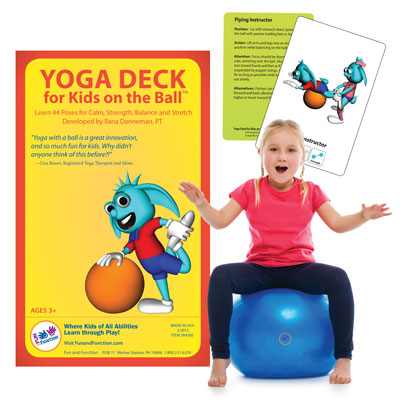





Comments